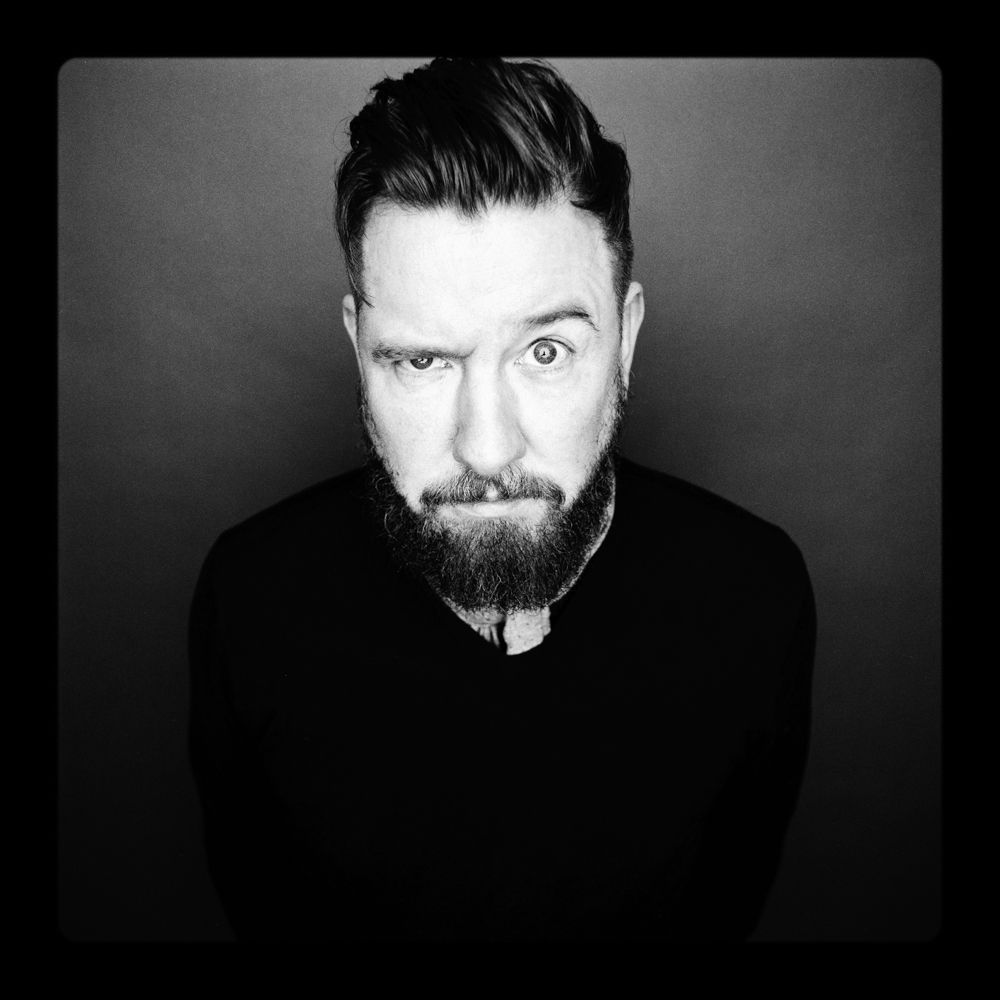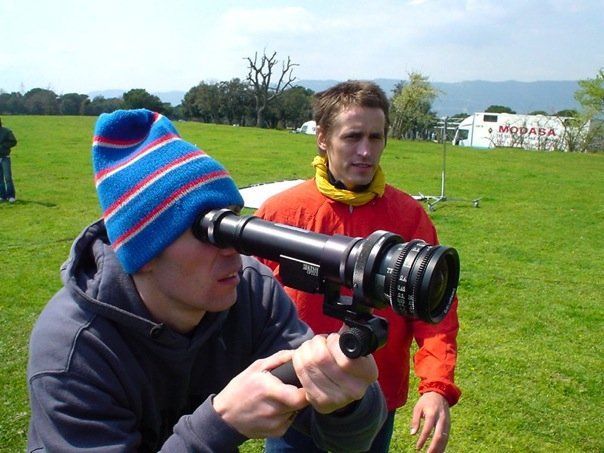
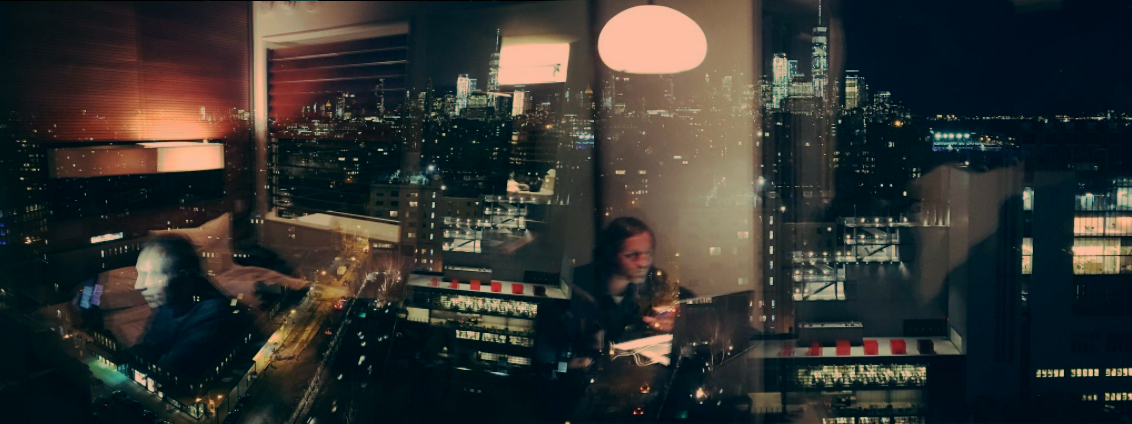
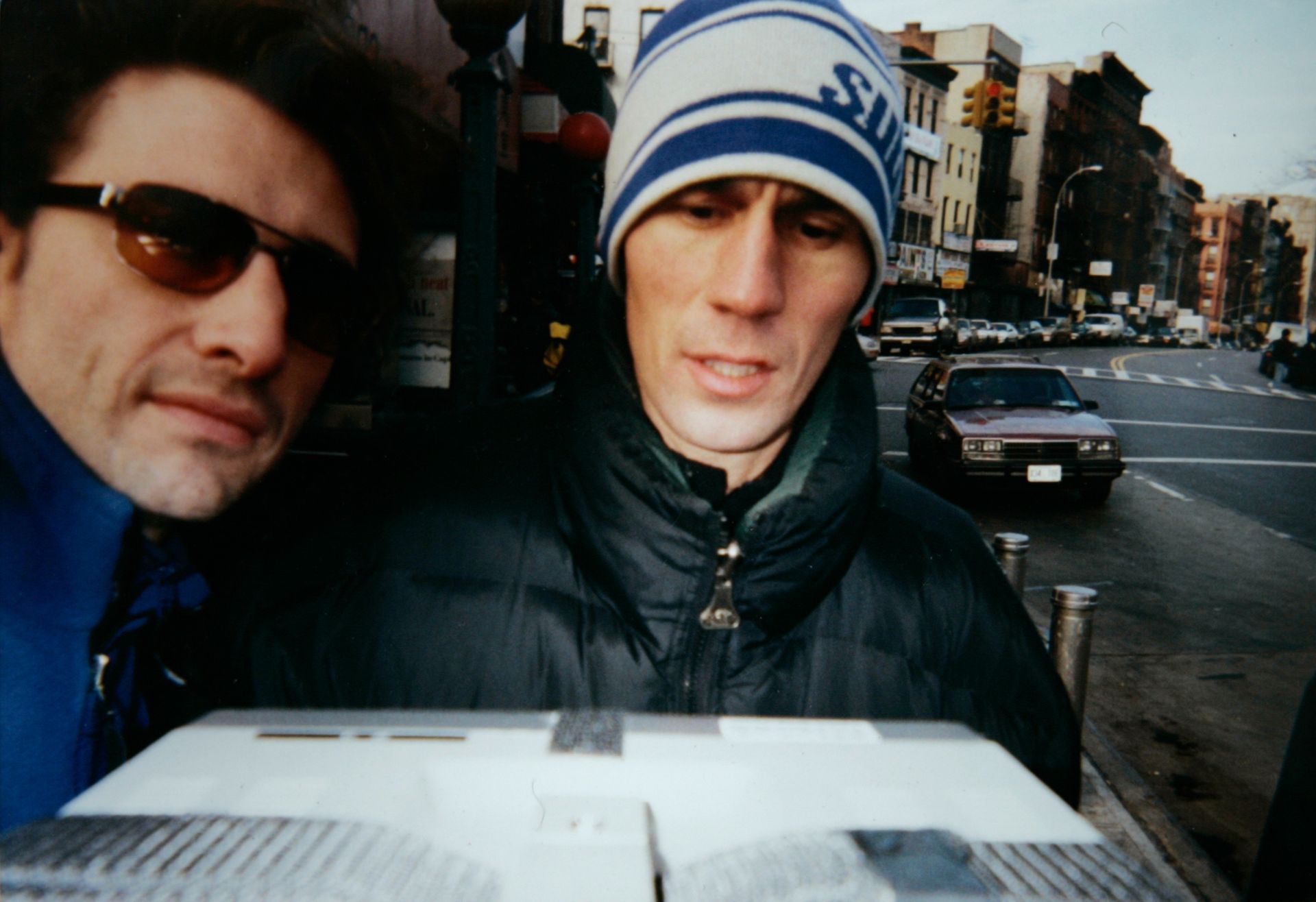
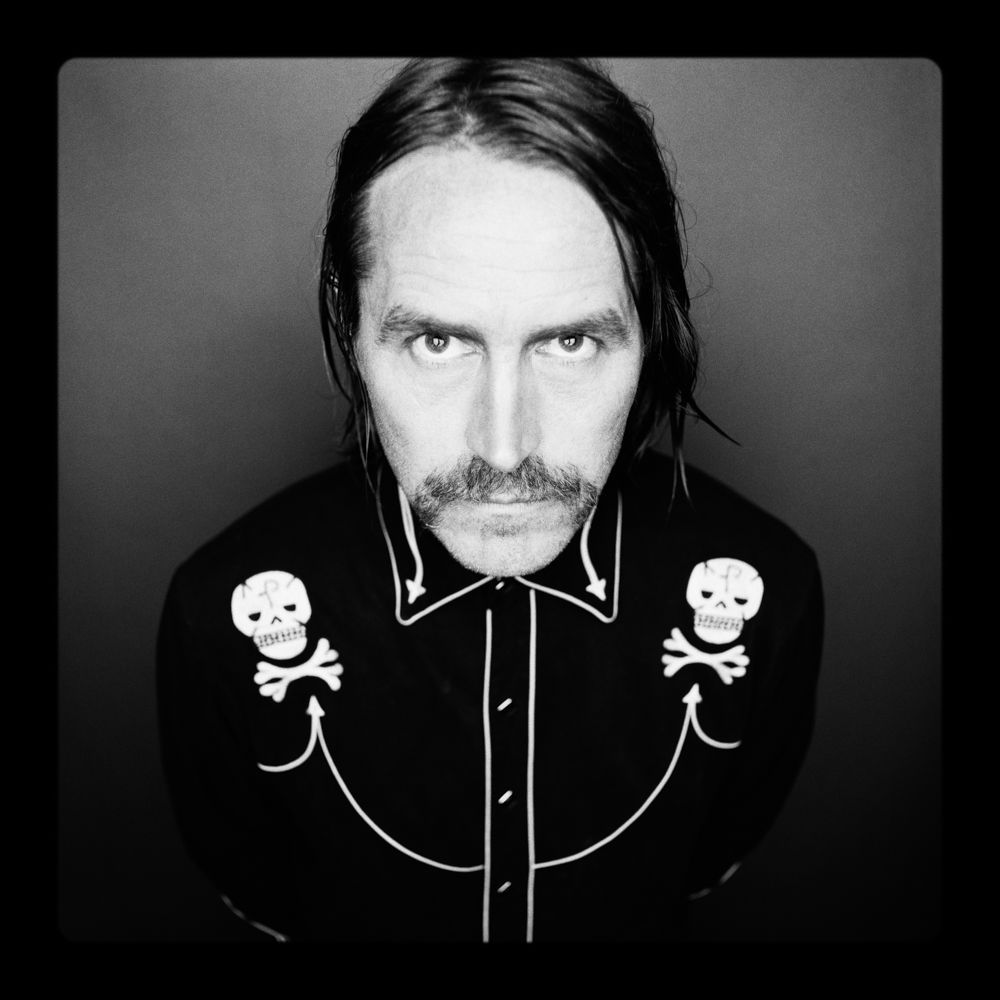
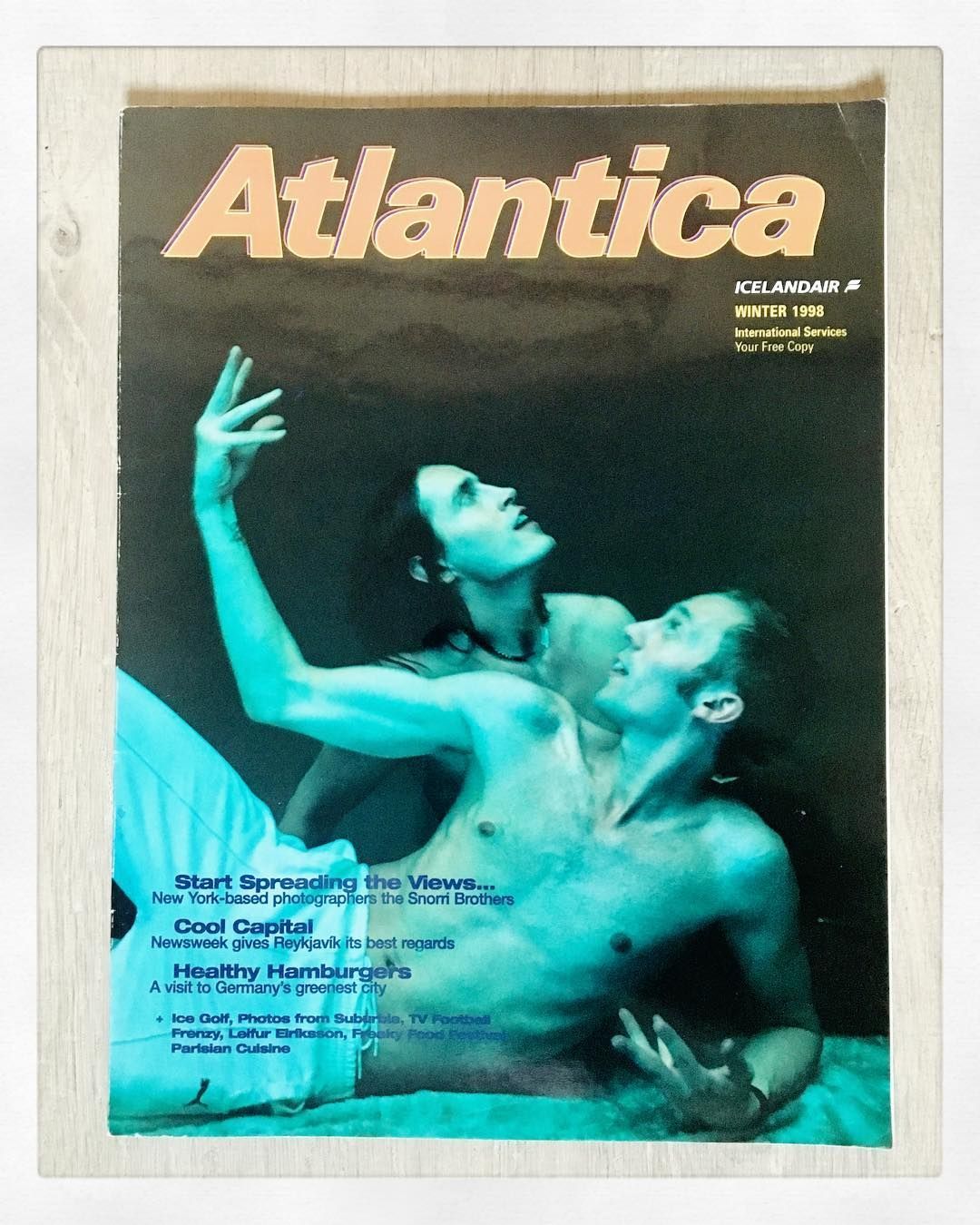
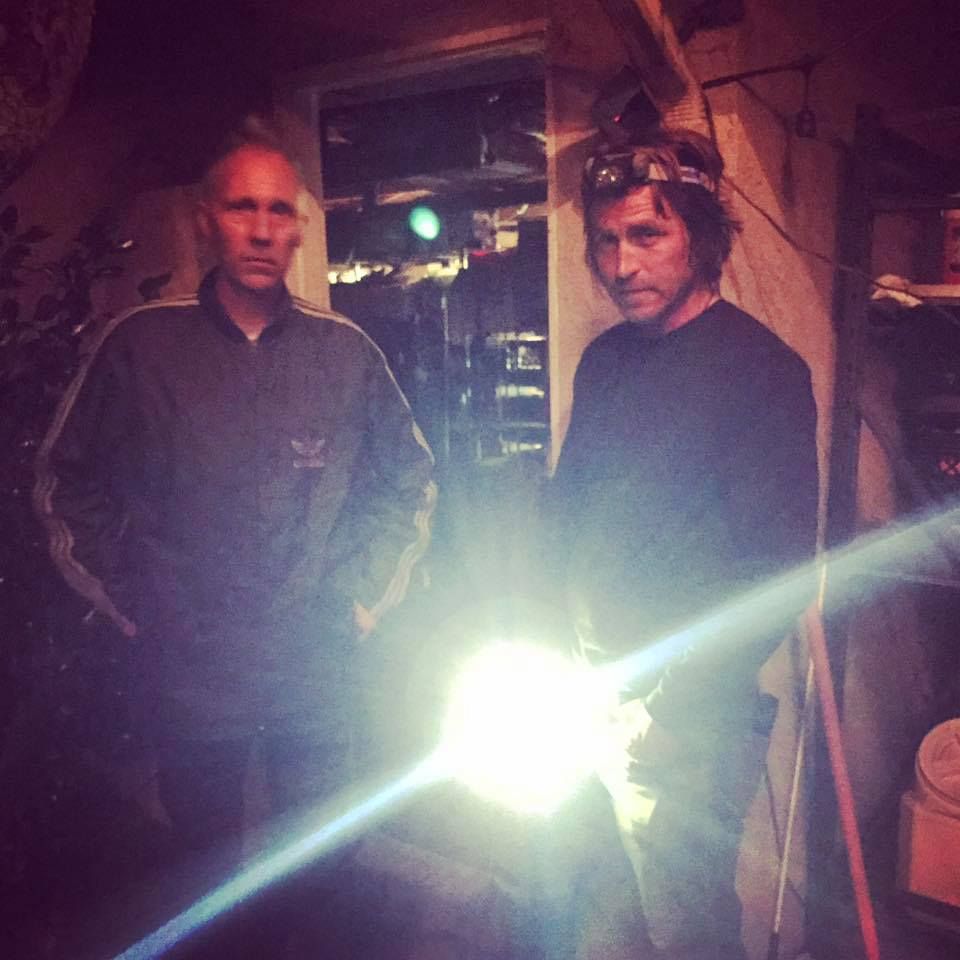
New Title
ABOUT
By Chuck Cors
The Snorri Brothers are not brothers. In fact, they were strangers when they first crossed paths at a breakdance competition in 1985. Immediately recognizing in each other kindred spirits—rebellious souls searching for higher ground—the two teens began conjuring visions of a life unburdened by conformity and liberated by creativity: an existence defined only by the bounds of their wild imaginations.
Less than a decade after their fateful first encounter, the Brothers had transformed from wide-eyed breakdancing b-boys into a dynamic force pulsing across Iceland’s thriving artistic firmament. Prolific, ingenious, instinctual, relentless—they blazed a trail of originality, unlocking new vistas in the photographic realm of the country’s advertising and magazine landscapes, integrating their graffiti-breakdance influences and giving birth to a visual style that was wholly unique.
It was during this era that they shot the first Barflies, channelling the radiant faces of a place called Kaffibarinn into portraits bursting from the page. Opening in 1993, the bar became the epicenter of ecstatic nights and magnificent sounds in the heart of the city.
Galvanized by their success in Iceland, the Brothers turned their sights on America. In 1995, they hitched a ride on an Icelandic container ship and set sail for New York City. Initially their aim was to do magazine photography—a goal they quickly achieved as they shot for Spin, Rolling Stone, Dazed & Confused, Interview, and many other publications, working with artists such as Green Day, The Foo Fighters, Soundgarden, Björk, DJ Shadow, The Roots, and Michael Stipe.
In their spare time, however, they pioneered the animated-still technique that would become one of the hallmarks of their motion work. And they morphed from photographers into directors, experiencing a meteoric ascent that took them into the upper echelons of the commercial and music video worlds. By the turn of the millennium, they had amassed an extraordinary portfolio—a body of work radiating their singular vision. Ultimately they have lived to see their own creations broadcast during halftime of one of the planet’s biggest sporting events, the Super Bowl.
Throughout their career, they have also channelled their energies into research and invention. The foremost example of this facet of their creative arsenal is the Snorricam. A body rig that enables a camera to remain fixed, stabilized, and focused on a central axis while the background shifts, this groundbreaking device was first used cinematically in Darren Aronofsky’s seminal film, Pi. The signature footage enabled by the Snorricam can now be seen all across the horizon of commercial and Hollywood filmmaking.
From the chance meeting of two breakdancing teens in Reykjavík to a world of wonder and creation, the Snorri Brothers have surely eclipsed the things their younger selves once dreamt about. While the team-Snorri Bros currently split their time between Los Angeles and Reykjavík, the new formation of three is, at heart, an homage to the country that will always be their home. The place where the journey began.

ABOUT
By Chuck Cors
The Snorri Brothers are not brothers. In fact, they were strangers when they first crossed paths at a breakdance competition in 1985. Immediately recognizing in each other kindred spirits—rebellious souls searching for higher ground—the two teens began conjuring visions of a life unburdened by conformity and liberated by creativity: an existence defined only by the bounds of their wild imaginations.
Less than a decade after their fateful first encounter, the Brothers had transformed from wide-eyed breakdancing b-boys into a dynamic force pulsing across Iceland’s thriving artistic firmament. Prolific, ingenious, instinctual, relentless—they blazed a trail of originality, unlocking new vistas in the photographic realm of the country’s advertising and magazine landscapes, integrating their graffiti-breakdance influences and giving birth to a visual style that was wholly unique.
It was through this graffiti scene that Gotti Bernhöft—friend, soul-brother, and newly anointed “Head of Operations” at Snorri Bros—entered their orbit. Einar was already celebrated as one of Reykjavík’s first “graffers,” often roaming the city walls with Eiður in tow. Gotti, too, was leaving his mark around town with a style distinctly his own. From the moment they met, the three became inseparable—a bond that has endured ever since. Over time, Gotti continued honing his craft as an artist, painter, illustrator, and designer, creating work that resonates far beyond Iceland’s shores. One of his most renowned pieces is the iconic blue-ink illustration for Sigur Rós’s landmark album, Ágætis byrjun.
It was during this era that they shot the first Barflies, channelling the radiant faces of a place called Kaffibarinn into portraits bursting from the page. Opening in 1993, the bar became the epicenter of ecstatic nights and magnificent sounds in the heart of the city.
Galvanized by their success in Iceland, the Brothers turned their sights on America. In 1995, they hitched a ride on an Icelandic container ship and set sail for New York City. Initially their aim was to do magazine photography—a goal they quickly achieved as they shot for Spin, Rolling Stone, Dazed & Confused, Interview, and many other publications, working with artists such as Green Day, The Foo Fighters, Soundgarden, Björk, DJ Shadow, The Roots, and Michael Stipe.
In their spare time, however, they pioneered the animated-still technique that would become one of the hallmarks of their motion work. And they morphed from photographers into directors, experiencing a meteoric ascent that took them into the upper echelons of the commercial and music video worlds. By the turn of the millennium, they had amassed an extraordinary portfolio—a body of work radiating their singular vision. Ultimately they have lived to see their own creations broadcast during halftime of one of the planet’s biggest sporting events, the Super Bowl.
Throughout their career, they have also channelled their energies into research and invention. The foremost example of this facet of their creative arsenal is the Snorricam. A body rig that enables a camera to remain fixed, stabilized, and focused on a central axis while the background shifts, this groundbreaking device was first used cinematically in Darren Aronofsky’s seminal film, Pi. The signature footage enabled by the Snorricam can now be seen all across the horizon of commercial and Hollywood filmmaking.
From the chance meeting of two breakdancing teens in Reykjavík to a world of wonder and creation, the Snorri Brothers have surely eclipsed the things their younger selves once dreamt about. While the team-Snorri Bros currently split their time between Los Angeles and Reykjavík, the new formation of three is, at heart, an homage to the country that will always be their home. The place where the journey began.
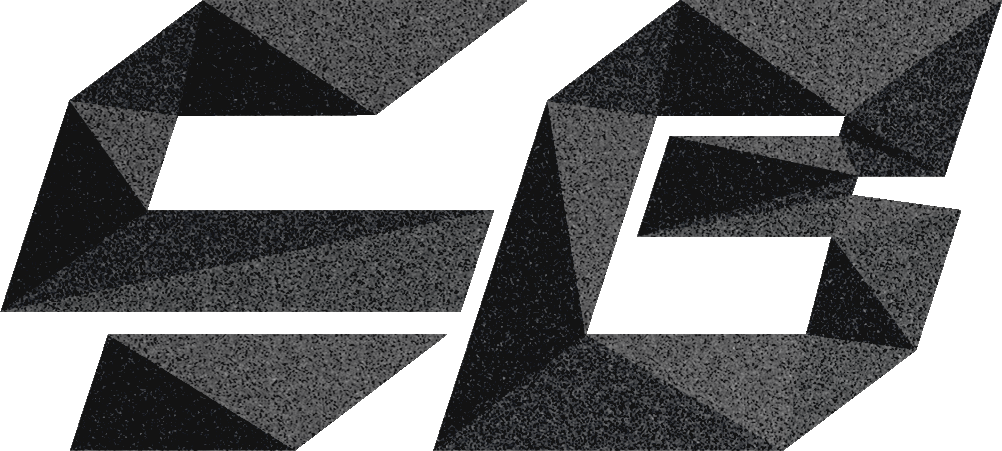
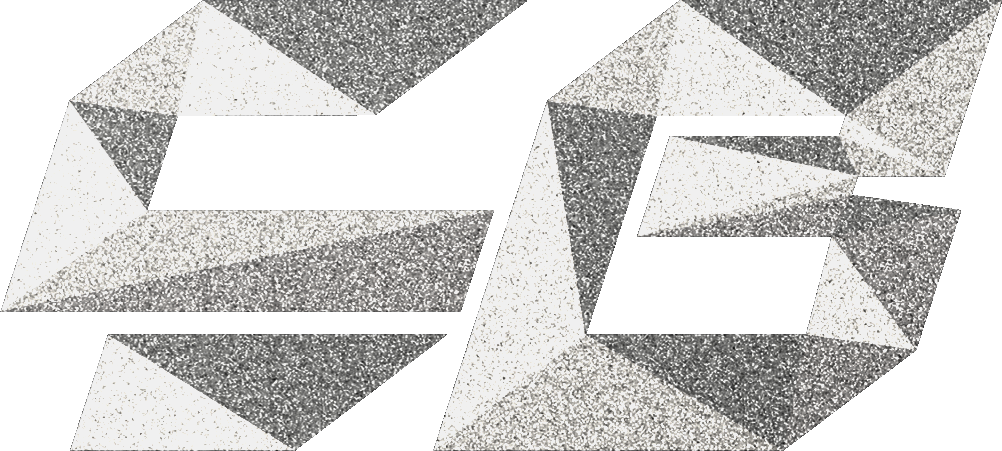
All Rights Reserved | Snorri Bros

